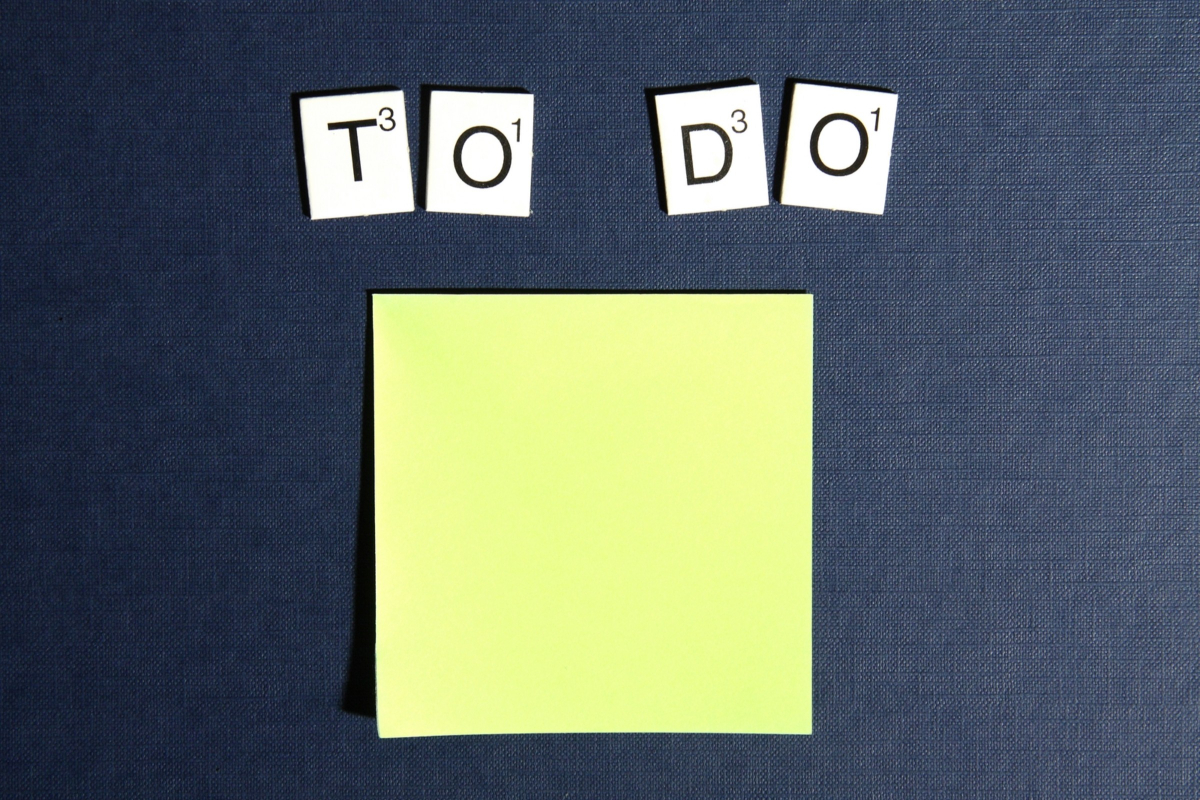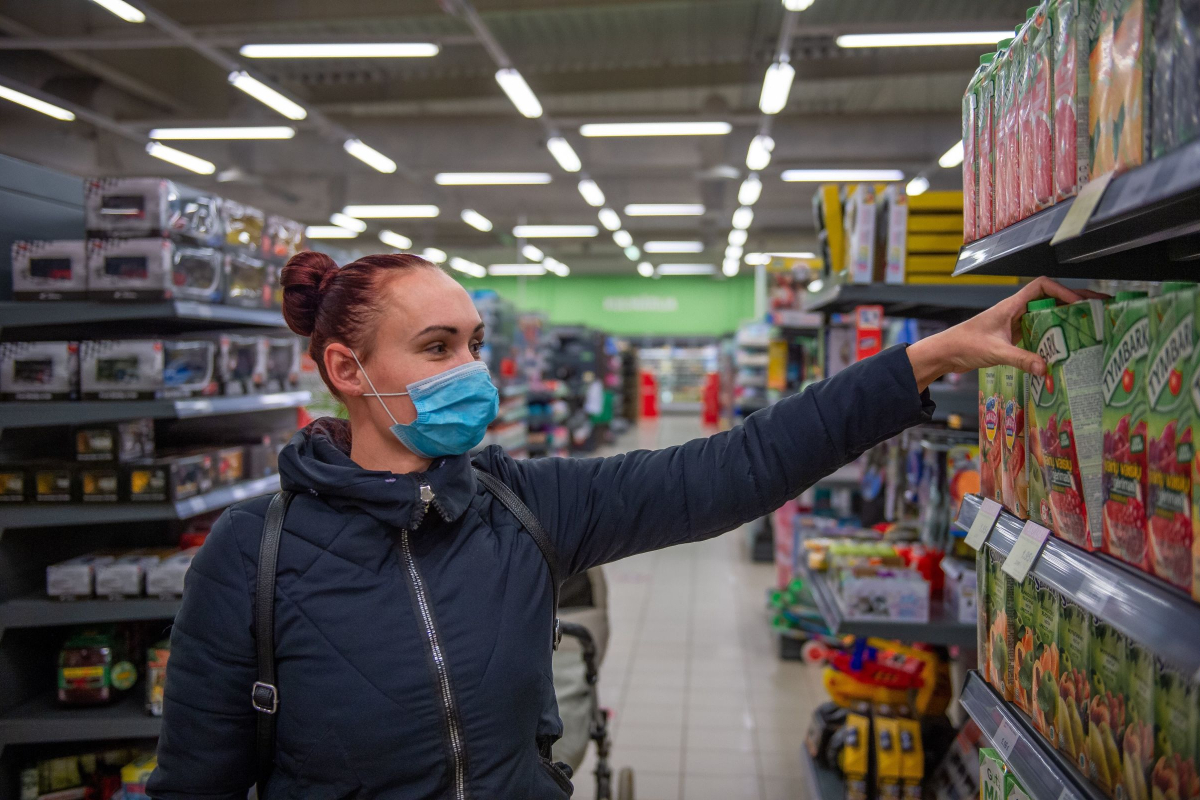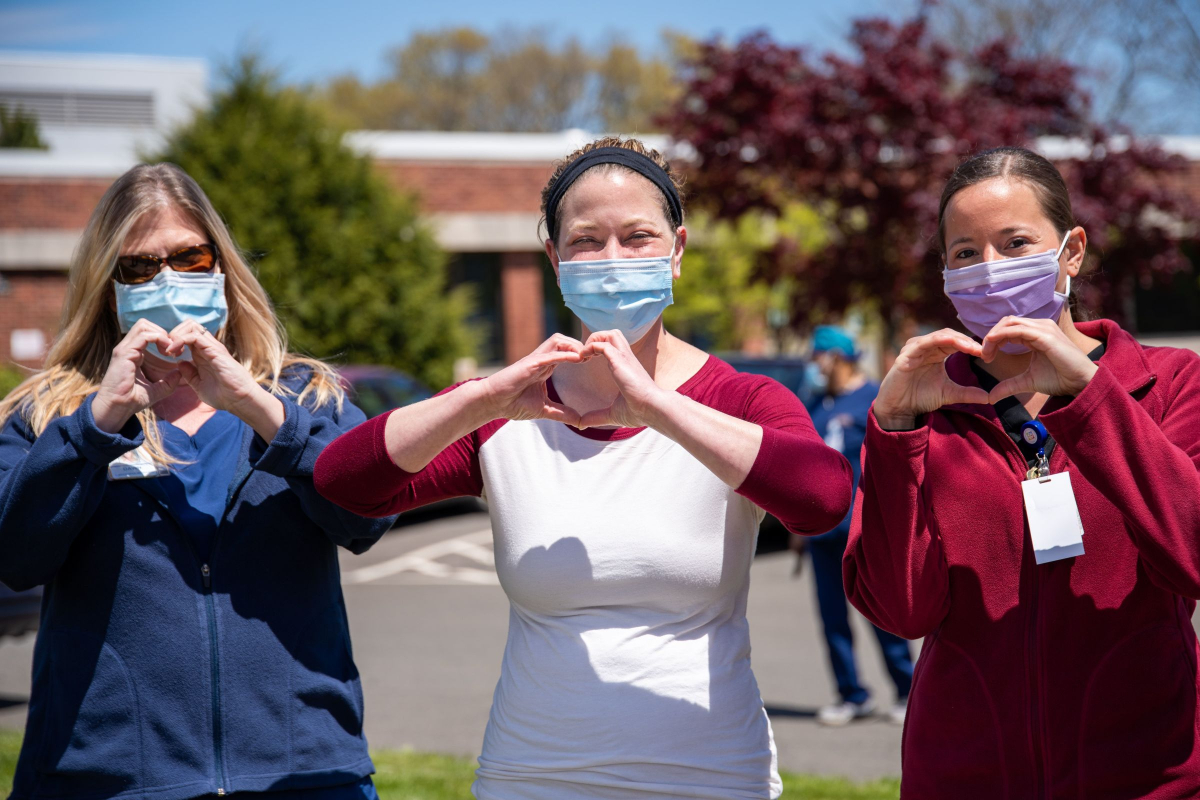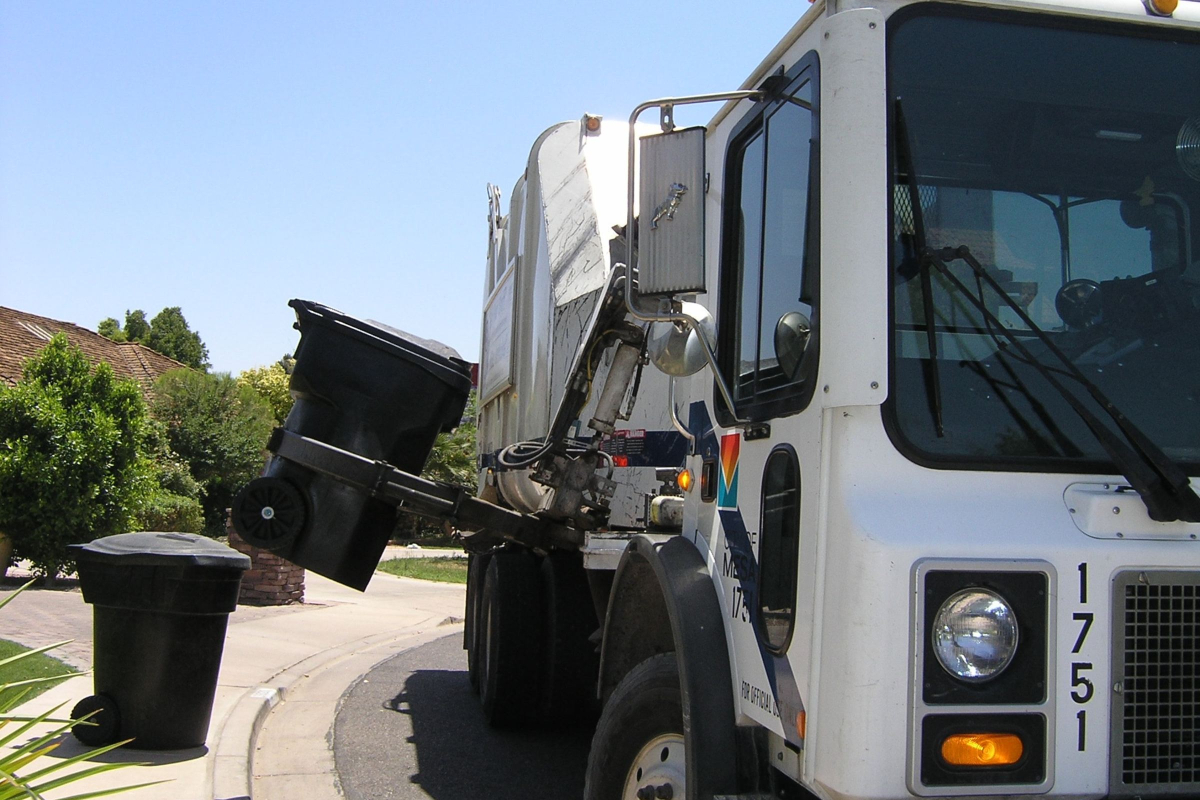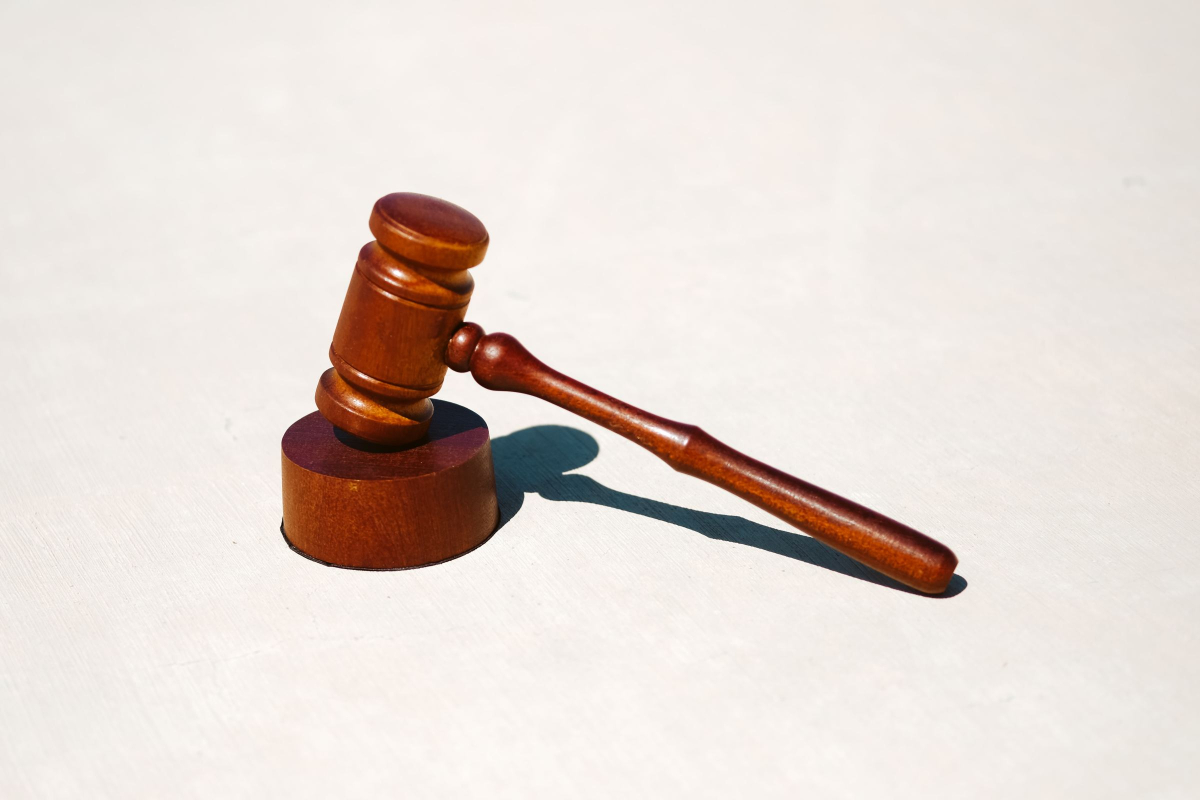When people think about Kroger, they often think about a grocery store chain just like any other. Now, Kroger is dealing with a significant legal issue on its hands. Not all Kroger stores are created the same and, sadly, a 27-year-old veteran of the Navy was robbed, carjacked, and shot at least a dozen times at a Kroger grocery store in Atlanta. Shockingly, the veteran managed to pull through. He survived to sue Kroger in an effort to recover compensation for his medical expenses, as he alleged Kroger did not have adequate security. While this specific store was not identified, it is known that this store was ranked at the top of the list regarding Kroger stores that needed additional security. A trial was held and the defendant received tens of millions of dollars.
Now, multiple insurance companies are suing Kroger in an effort to recover their own money. While many grocery store chains have insurance policies to cover issues such as this, insurance companies are contending that the decision of Kroger to gamble on a jury verdict is a violation of a specific GA law that prevents stores from needlessly taking cases to trial knowing that they have an insurance policy in their back pocket. The insurance companies contend that the store should have known that it was likely to lose and should not have taken the case to trial.
It will be interesting to see what happens as these insurance companies do battle. For the victim in the case, he spent three weeks in a coma. Then, he spent an entire year in the hospital. He had more than a dozen surgeries. The cost of his medical care totaled millions of dollars. The victim is going to live the rest of his life partially paralyzed due to damage to his spinal cord.
The insurance companies contend that the facts of the case alone should have pushed Kroger to settle the case. They did not, placing the insurance company in the path of a devastating trial that they would have to pay for. It is possible that this case could set an interesting precedent for other cases moving forward.


